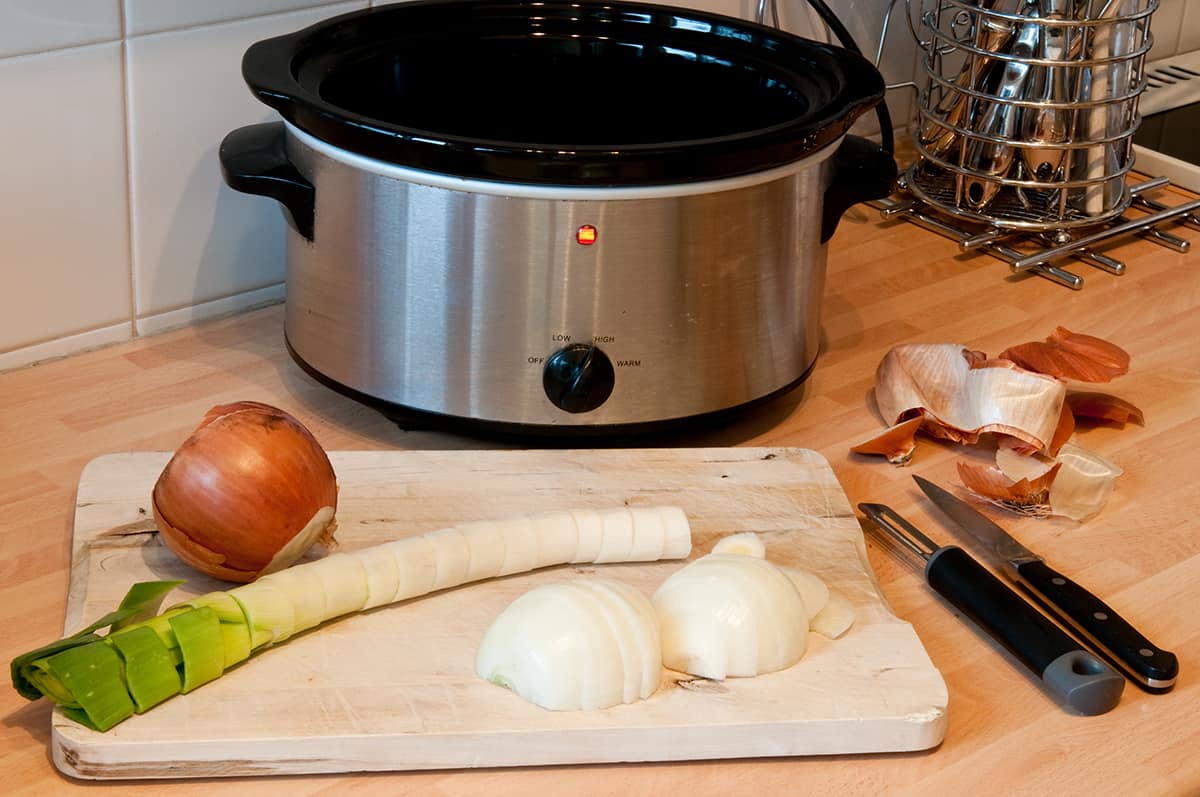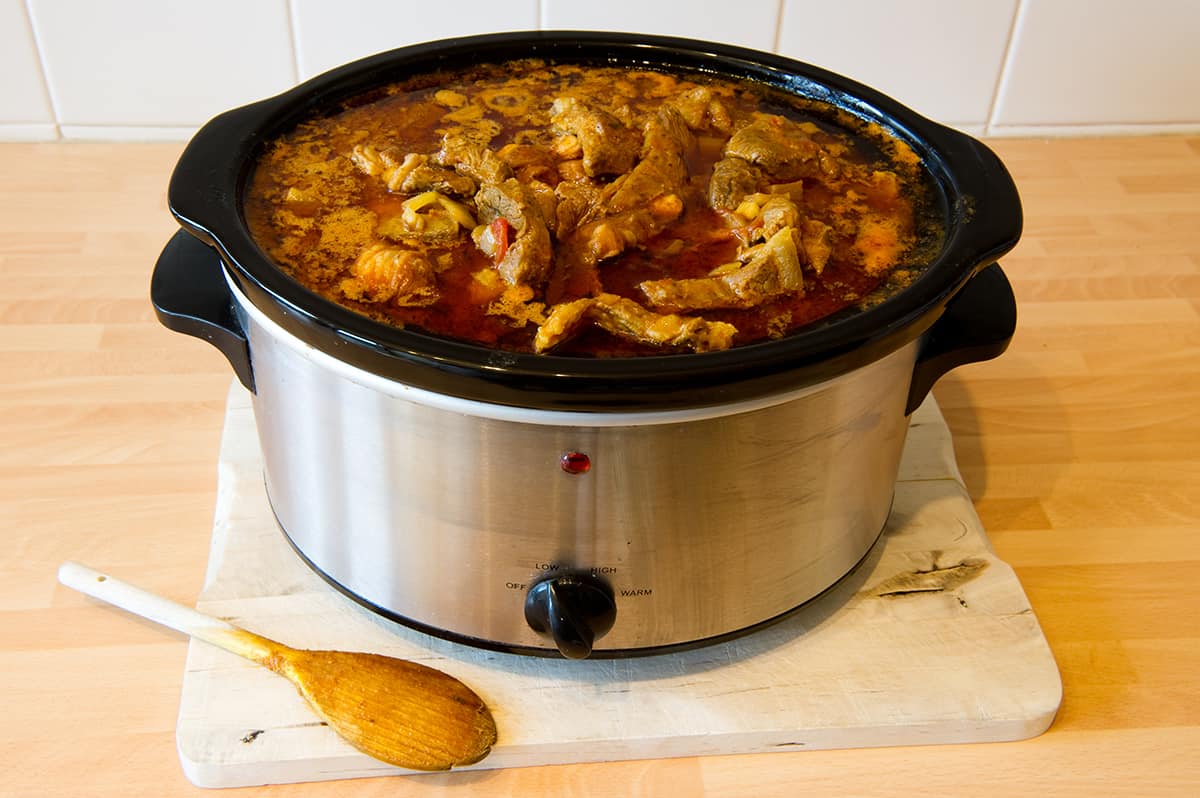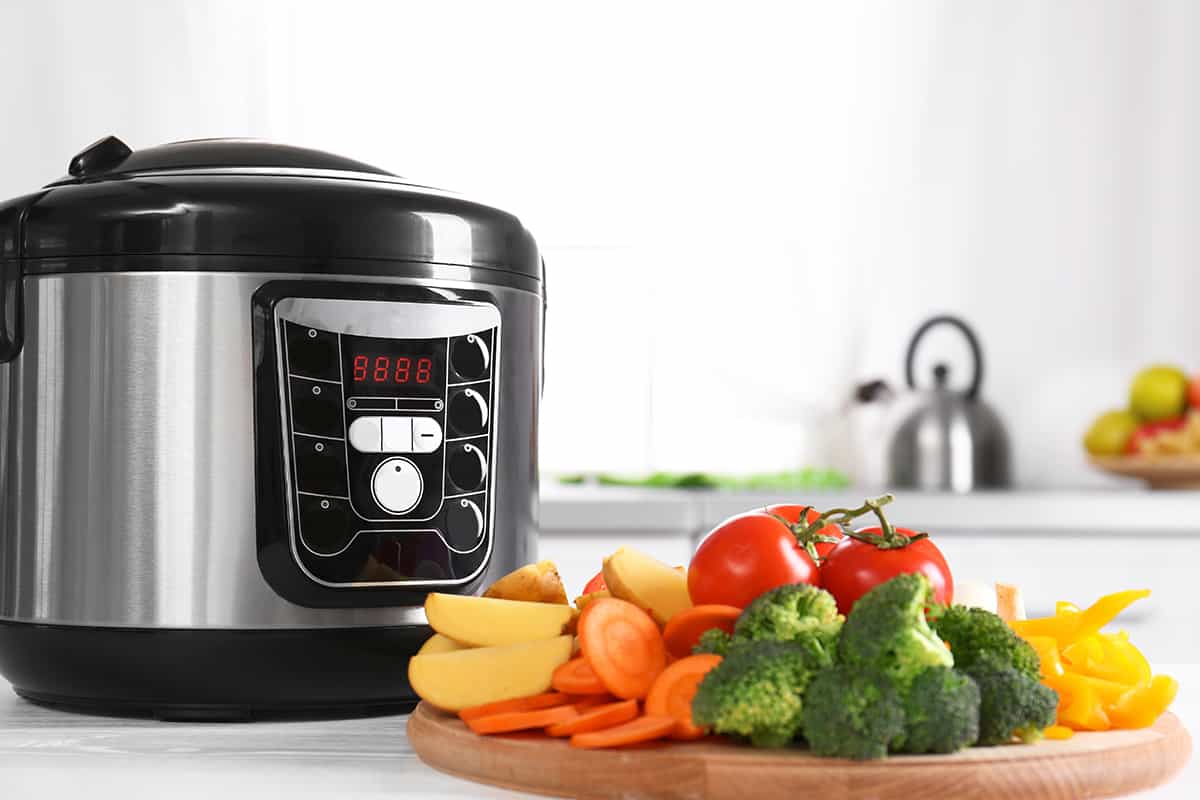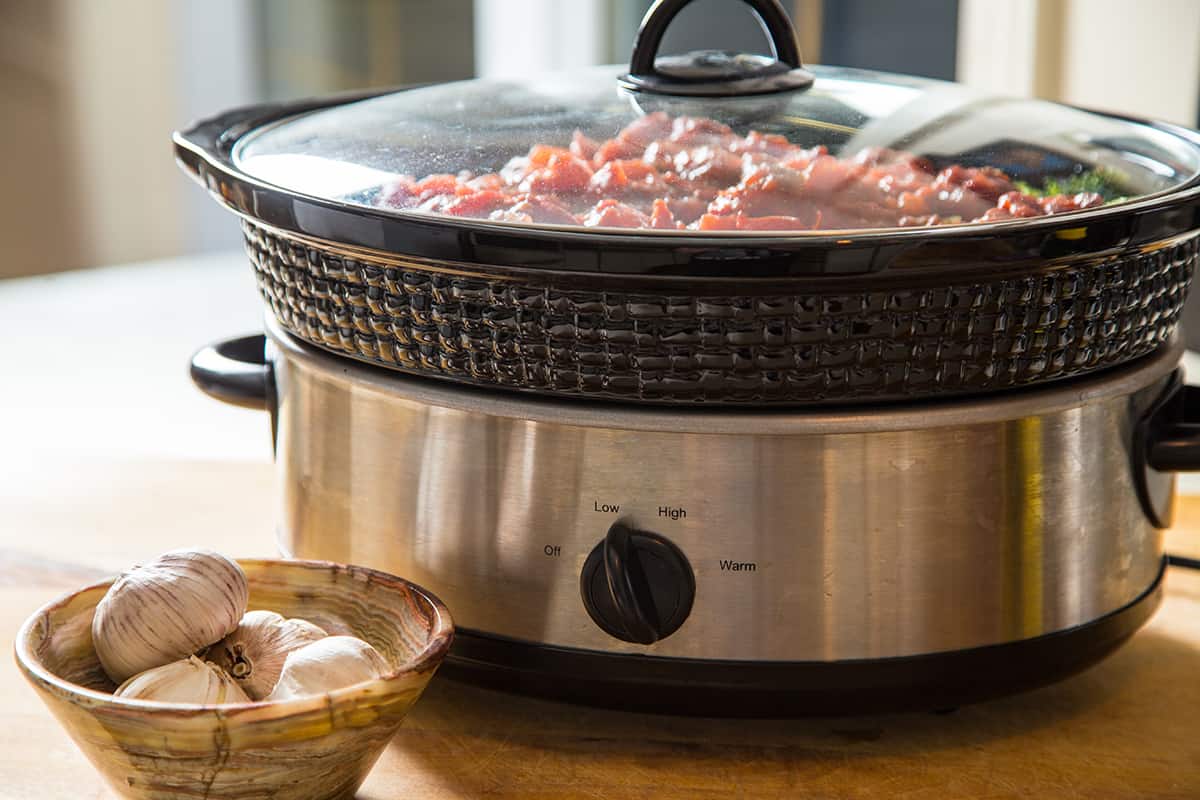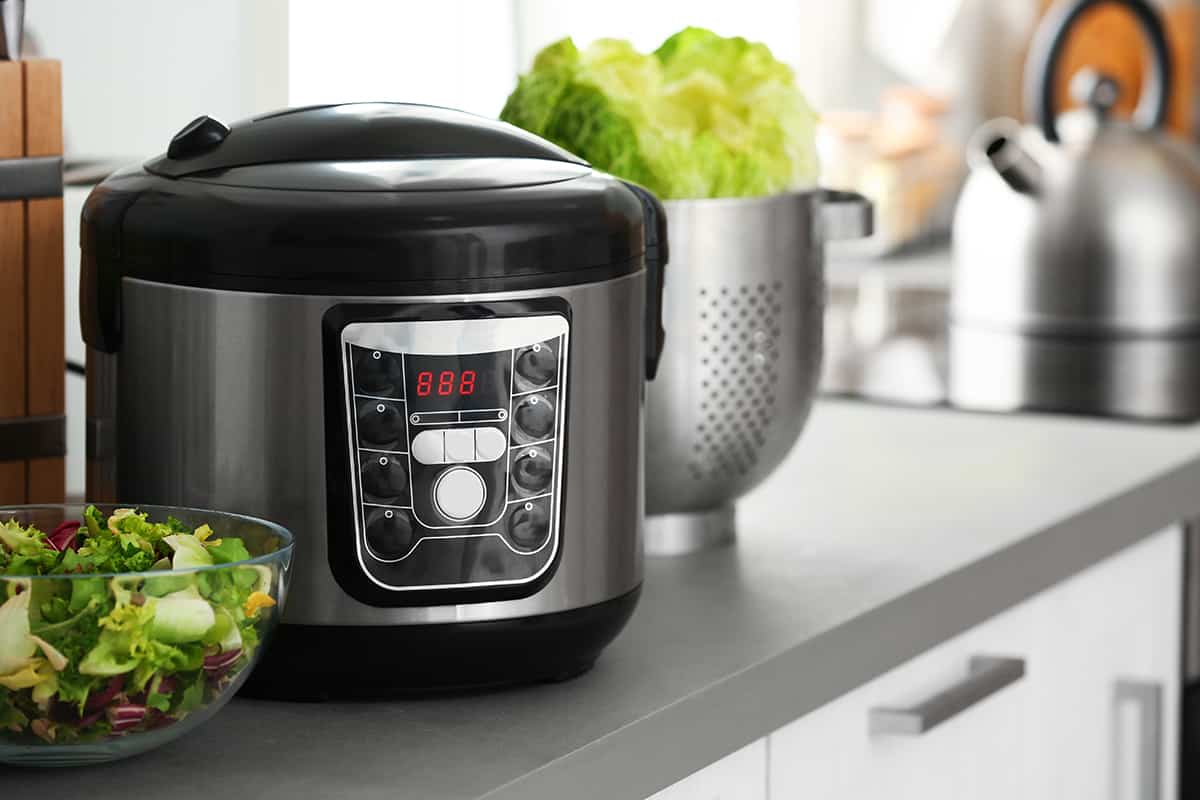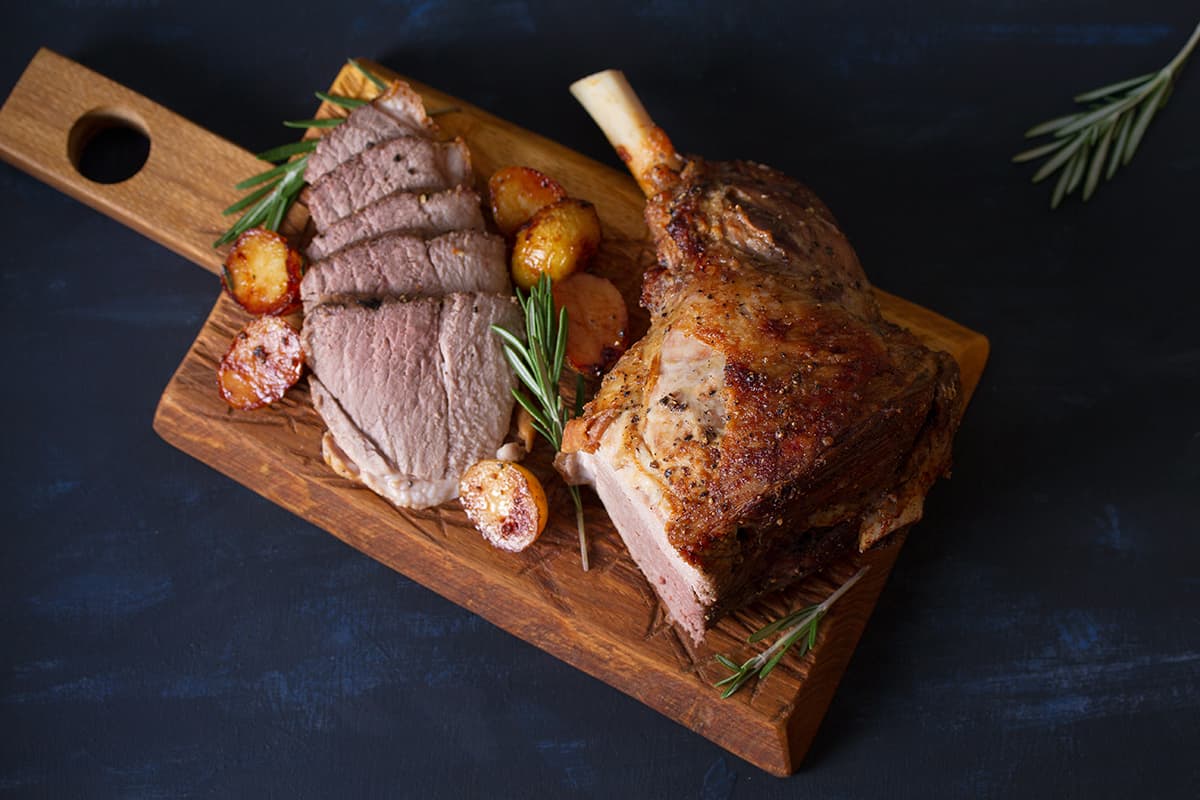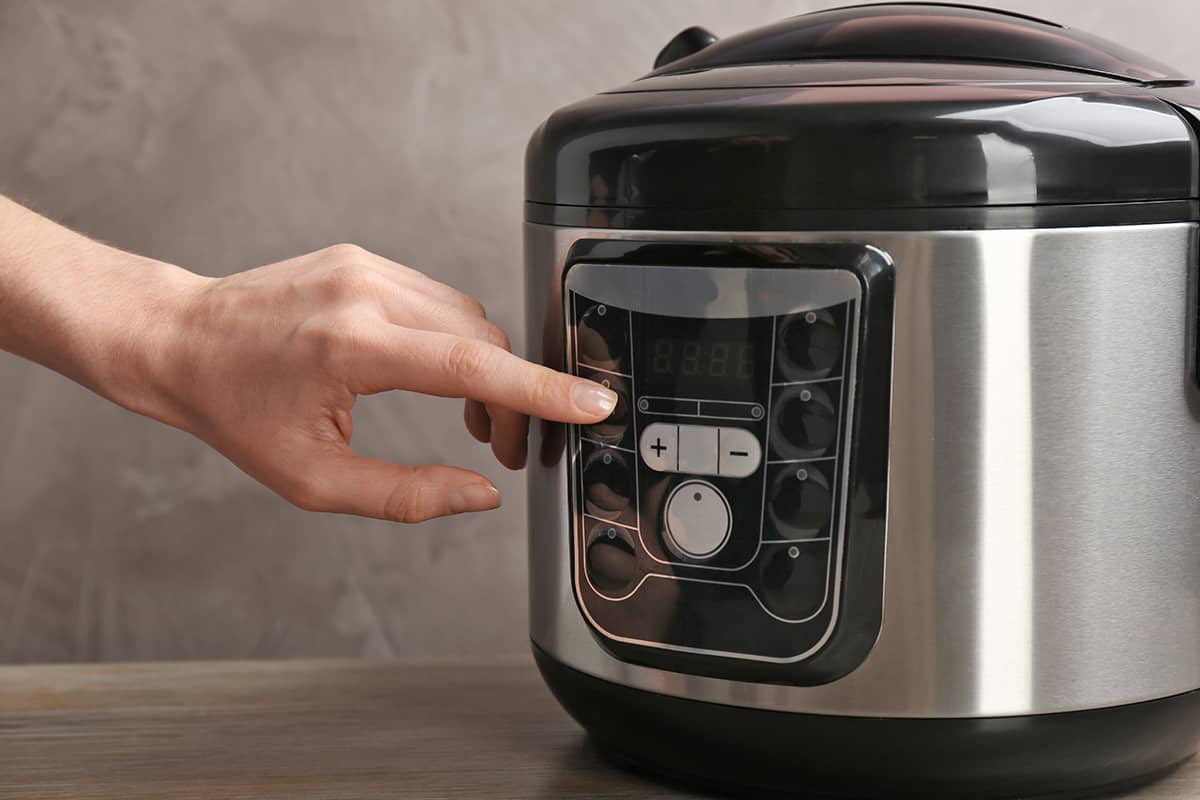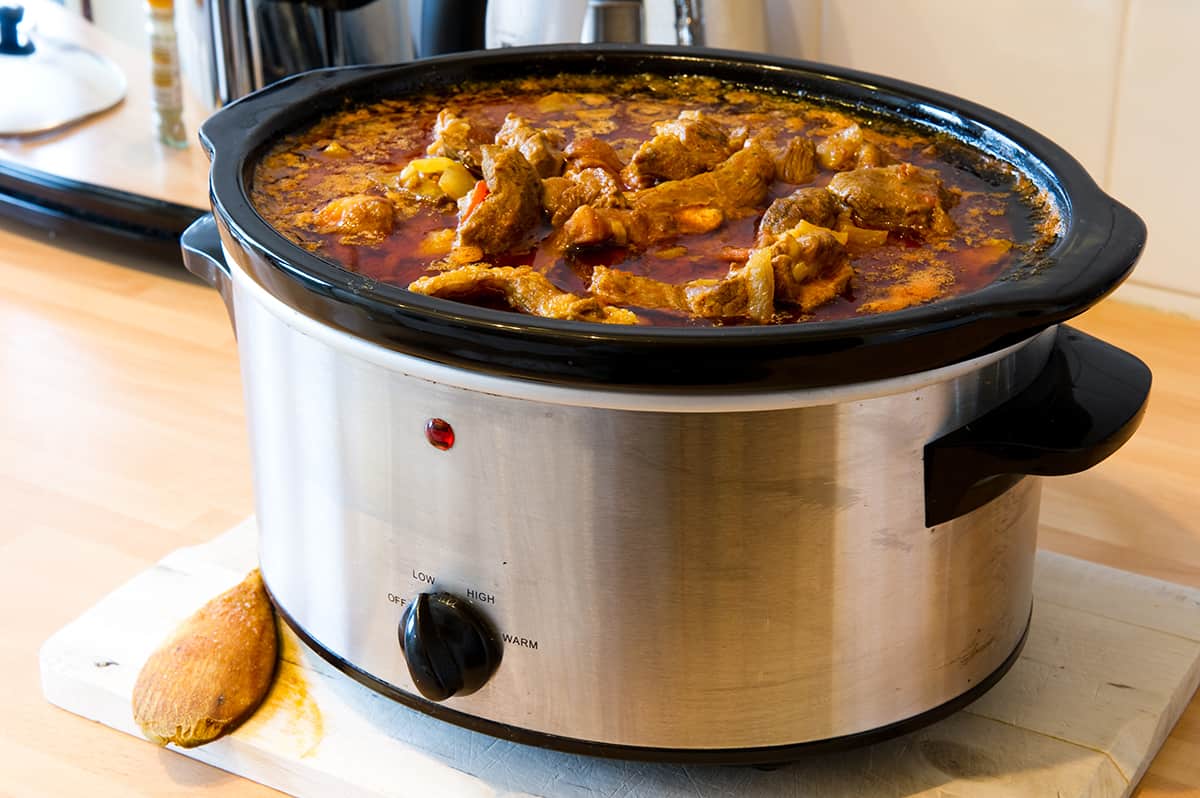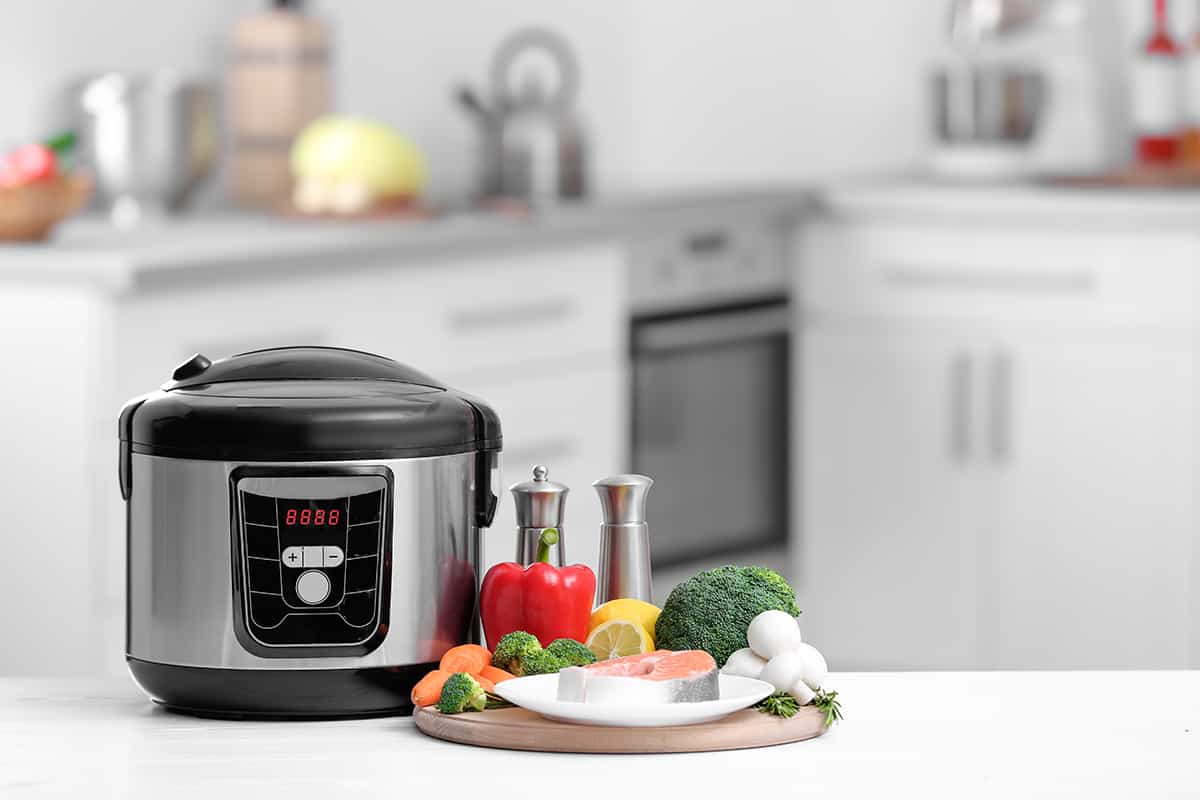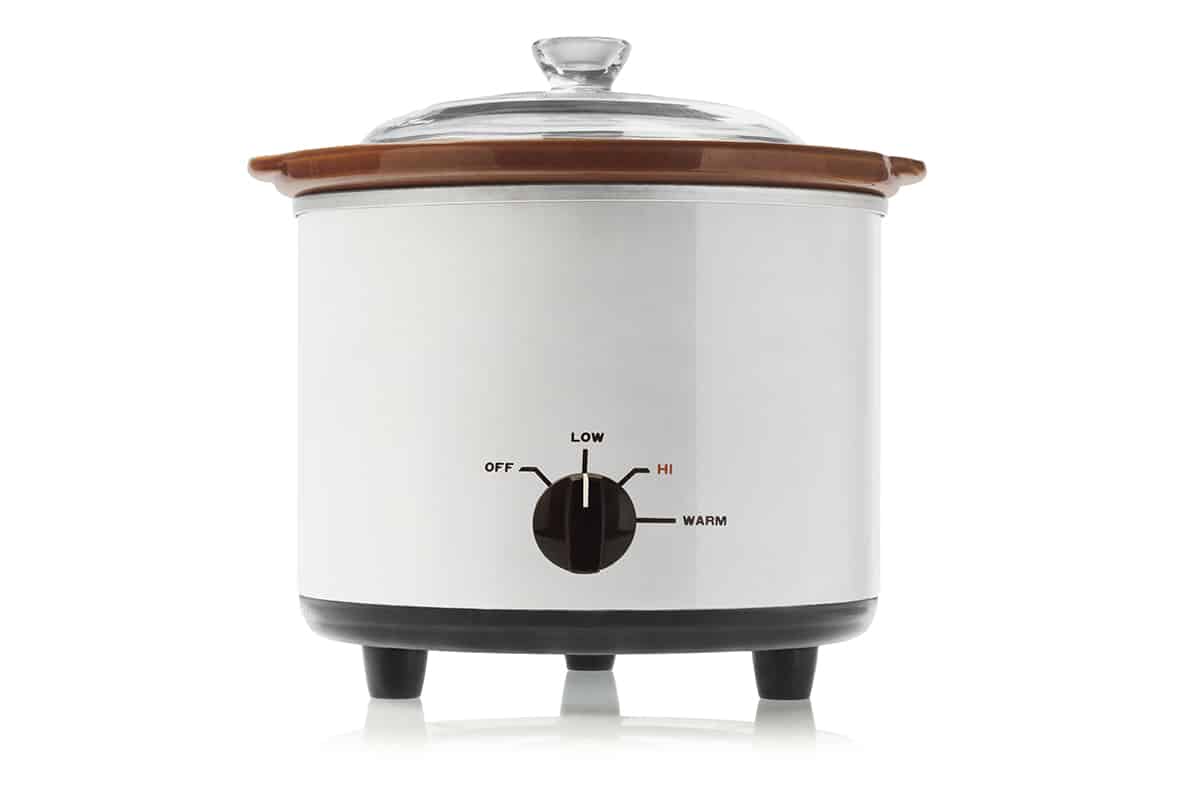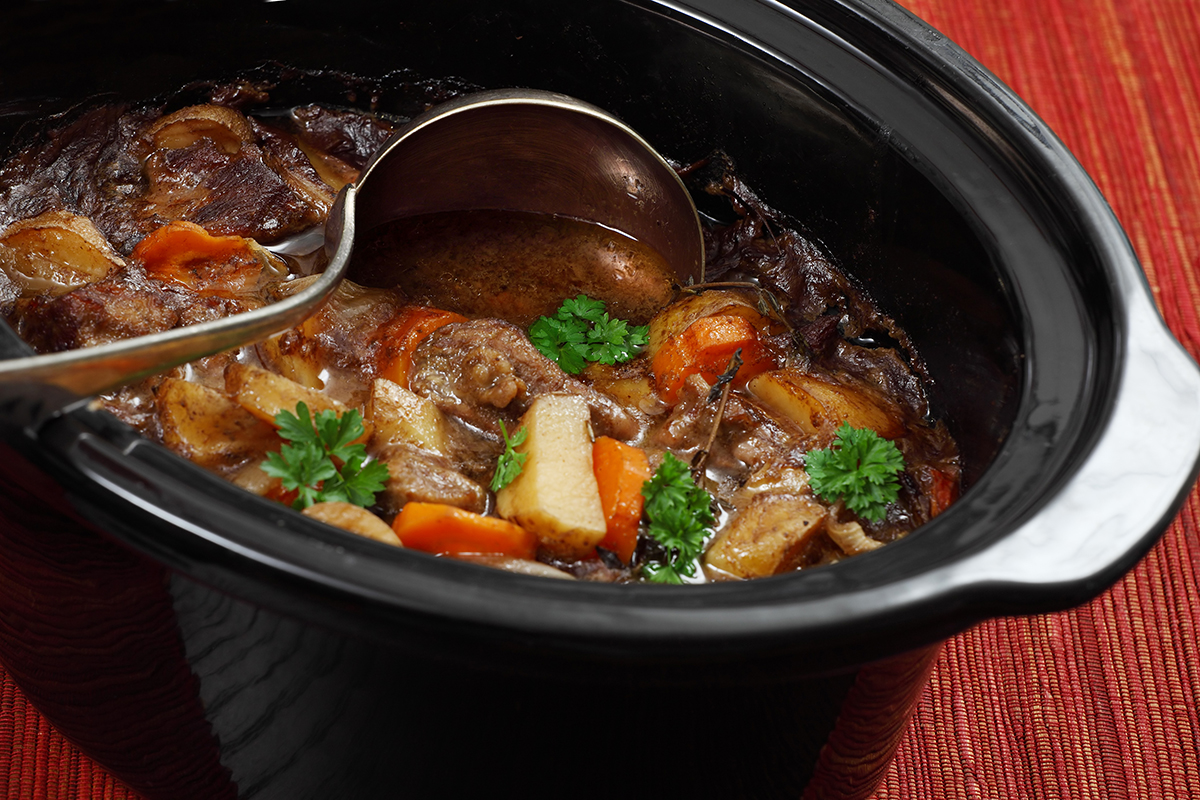Slow cookers, often hailed as the ‘set-it-and-forget-it’ miracle of modern kitchens, come in a variety of sizes to cater to different culinary needs. Much like selecting the appropriate car engine size based on driving habits and passenger load, choosing the right slow cooker size can significantly affect your cooking experience. From compact units perfect for a cozy meal for two, to larger models designed for hearty family feasts or social gatherings, the size of the slow cooker plays a pivotal role in efficient meal prep.
Crock pots, the time-tested champions of convenient cooking, come in a variety of sizes to cater to different culinary needs. The perfect size for you depends on the quantity of food you plan to prepare, the type of dishes you want to cook, and the space you have available in your kitchen.
Assuming an electricity rate of $0.23 per kWh, the cost of running a slow cooker is as follows: Low (75 to 150 watts)—$0.02 to $0.03 per hour. High (150 to 210 watts)—$0.03 to $0.05 per hour. The exact cost to run your slow cooker depends on how many watts it draws and the electricity rate.
With a slow cooker, you can create mouth to watering dishes by cooking food at a low temperature over an extended period of time. This method of cooking allows flavors to meld together, creating delicious, tender results with minimal effort.
Slow cookers produce low levels of heat over long periods of time to cook your chosen meal, but having the lid fitted securely on top of the slow cooker is pivotal to ensuring good results. If you’ve lost your slow cooker lid, or it has been damaged and rendered unsafe to use, then this doesn’t mean you need to throw out your slow cooker.
Slow cookers operate on a low wattage, at low temperatures, making them perfectly safe to leave unattended while they’re cooking your dinner throughout the day.
The length of time you’ll need to cook lamb in a slow cooker will depend on what type of joint you have, how big it is, and what setting you are using on the cooker. For lamb cooked on the low setting, a joint such as leg or ribs will need between 8 and 12 hours, while on the high setting this will be reduced to 4 to 6 hours.
If you want to turn your slow cooker off earlier than a recipe dictates, you’ll first need to make sure the food has reached a high enough temperature. Roast meats cooked in the slow cooker should reach an internal temperature of 160 °F before they are safe to consume, while casseroles and stews should reach 165 °F before being considered safe to eat.
Ways to speed up slow cooker time include using the ‘high’ setting instead of the ‘low’ setting, cutting your food into smaller pieces, and covering the cooker with foil. Here we explore in greater depth how you can encourage slow cooker meals to be ready sooner.
The length of time it takes your slow cooker to heat up will depend on which setting you choose. For the low setting, the slow cooker will reach a simmering point after 7 to 8 hours. On the high setting, the simmering point will be reached after 3 to 4 hours.
There are only three settings on a slow cooker, and these are ‘warm’, ‘low’, and ‘high’. Understanding the differences between these settings will ensure you are well on your way to being a slow cooker expert. While most meals are best cooked on the low setting, there are some scenarios where the high setting can be a better option.
To improve flavor and reduce your calorie intake, there is a range of ways you can remove fat from the slow cooker meal before you serve it. These include using a large metal spoon to skim the fat off the top, cooling the meal in the refrigerator so that the fat solidifies and can be removed in one piece, and using plastic wrap to attract fat out of the slow cooker.

